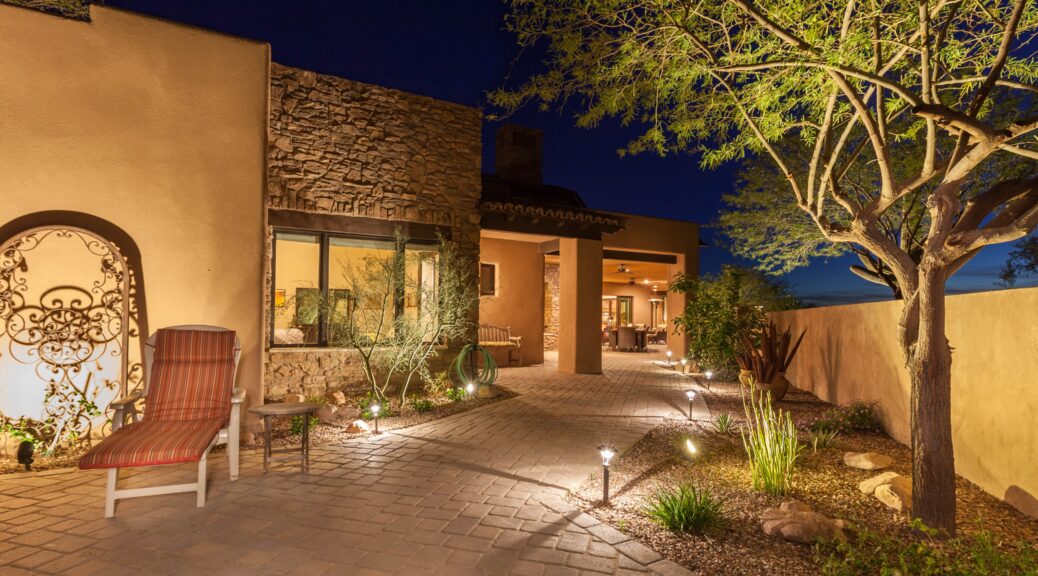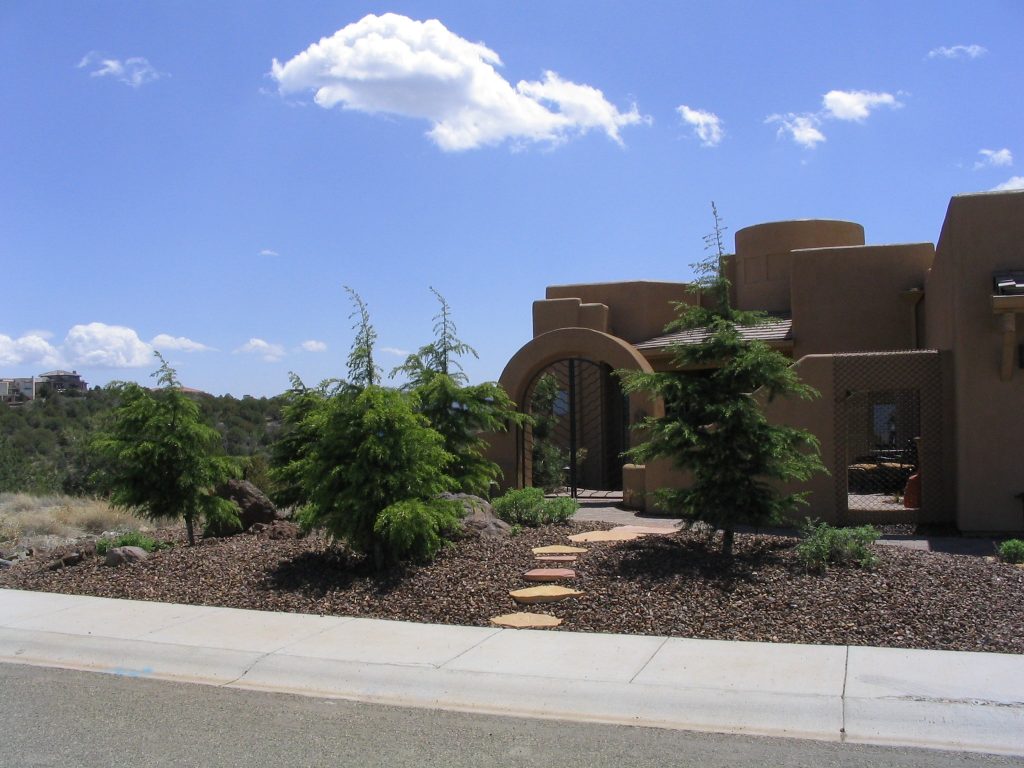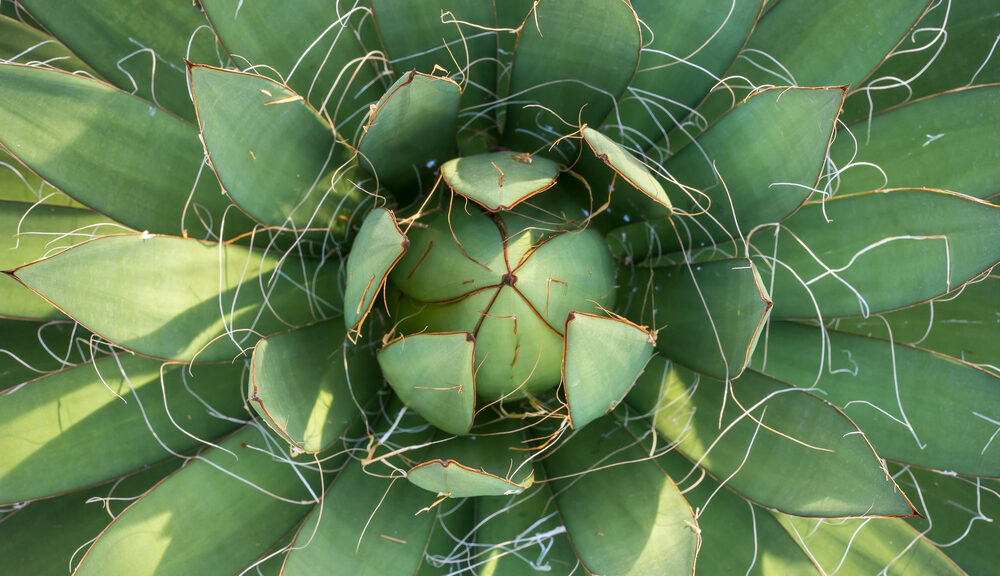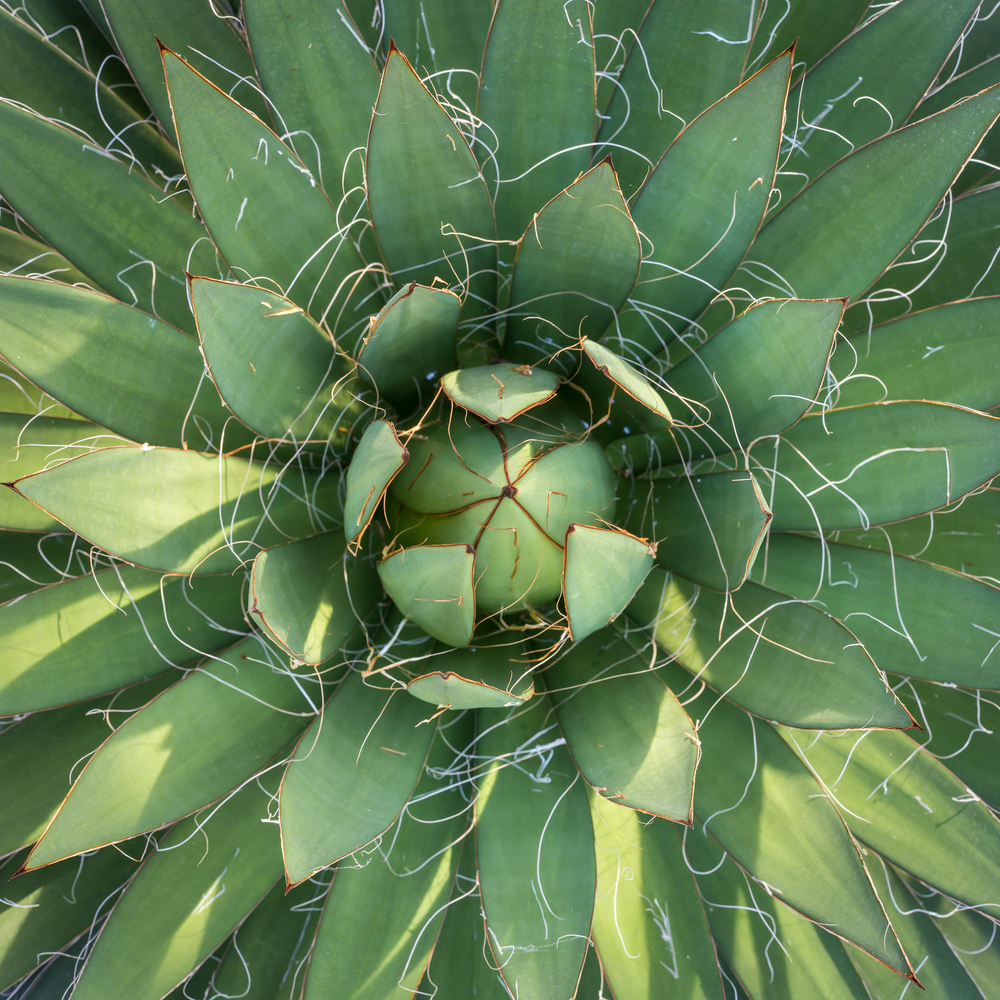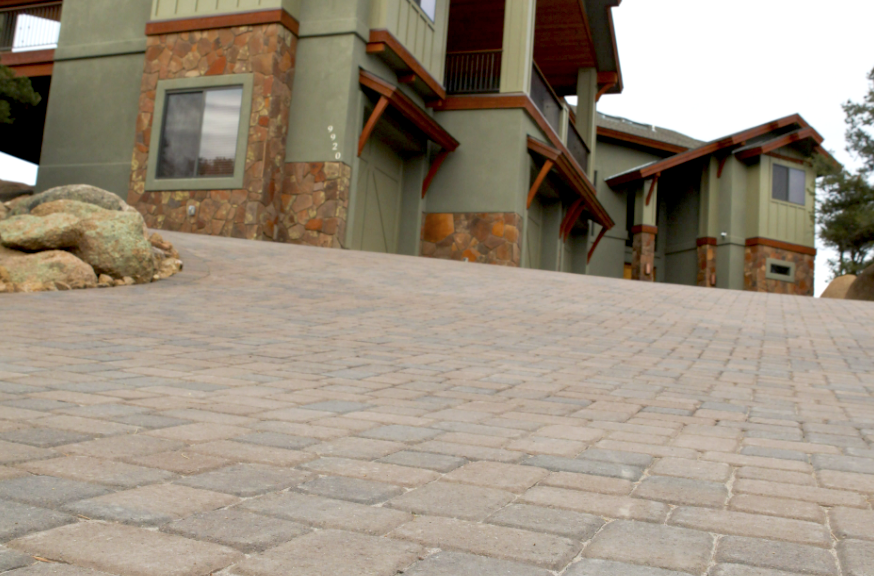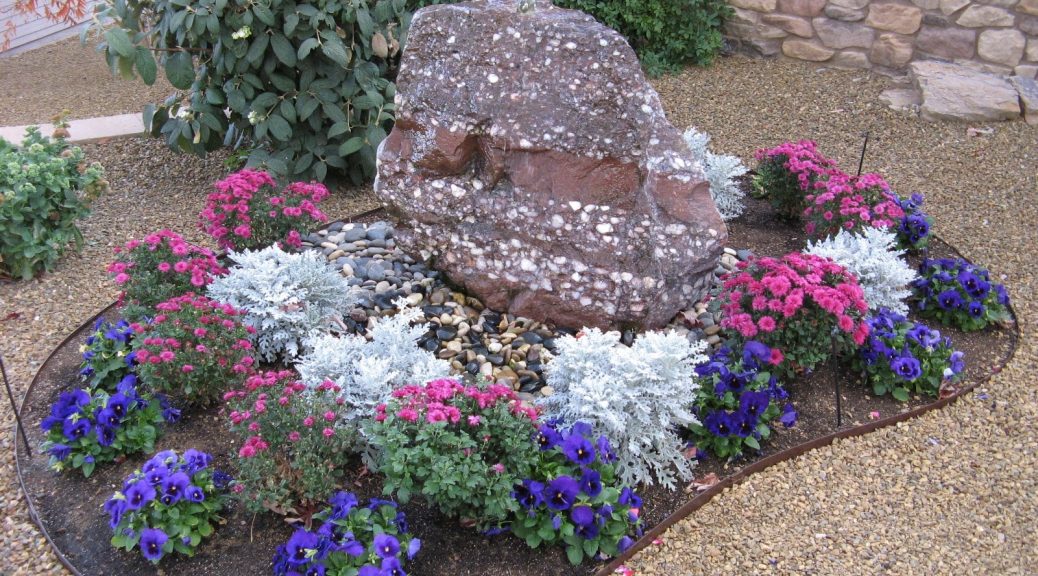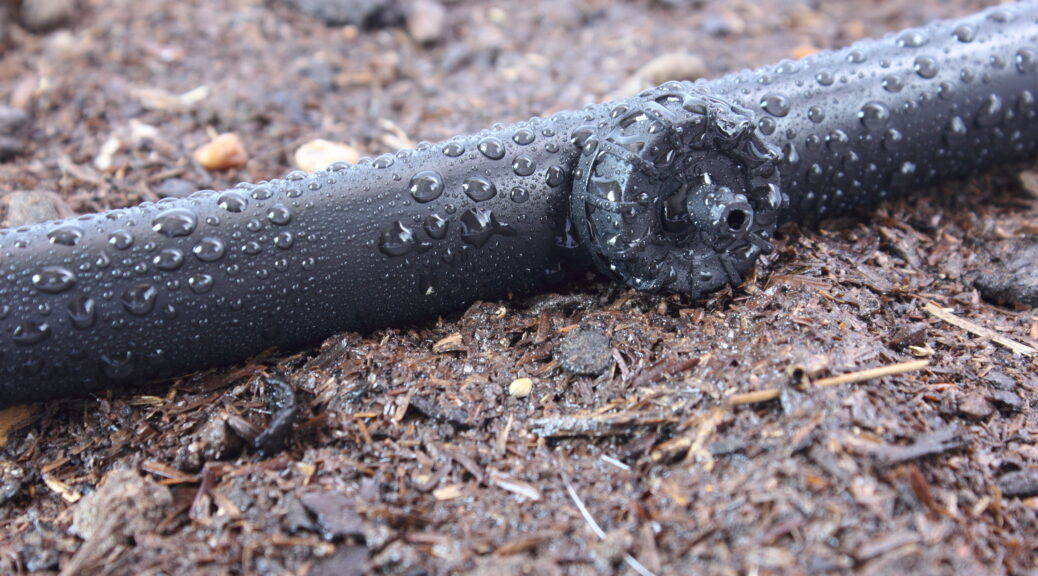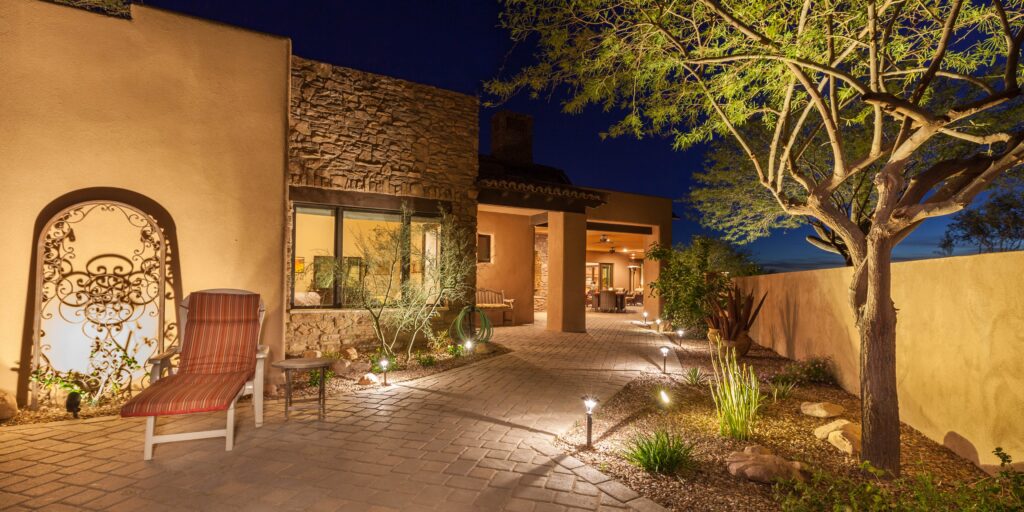
As the days get longer and the weather gets warmer, many homeowners in Arizona are looking to enhance their outdoor living spaces. One essential element of any great outdoor space is lighting. While many homeowners focus on functional lighting to light up walkways or to keep their outdoor spaces safe at night, outdoor patio lighting is just as important for creating the perfect atmosphere.
Here are some reasons why outdoor patio lighting is a must-have for any homeowner looking to create a beautiful outdoor living space:
- Create a Warm, Inviting Atmosphere: Adding outdoor patio lighting can create a warm, inviting atmosphere in your backyard, making it the perfect spot for entertaining guests or spending time with family. Soft, warm lighting can create a cozy and intimate feel, while brighter lighting can add a touch of drama and excitement.
- Highlight Your Outdoor Space: Outdoor patio lighting can help highlight your favorite outdoor features, such as your plants, water features, or architectural elements. The right lighting can make these features the focal point of your outdoor space, making them stand out even at night.
- Improve Safety: Outdoor patio lighting can improve safety by providing better visibility in outdoor spaces, preventing trips and falls. The right lighting can make it easier to navigate your outdoor space at night, making it safer for you and your guests.
- Extend Your Living Space: With the right lighting, you can extend your living space into the great outdoors. Outdoor patio lighting can create an inviting space to relax and unwind, even after the sun goes down. With the right lighting, you can enjoy your outdoor space well into the evening.
- Increase Your Home’s Value: Adding outdoor patio lighting can increase the value of your home, making it more attractive to potential buyers. Outdoor lighting is a popular feature in many high-end homes and can help make your home more desirable to future buyers.
When it comes to outdoor patio lighting, there are many options to choose from. From string lights to low-voltage lighting and all forms of LED landscape lighting, Vicente Landscaping can help you choose the right lighting for your outdoor space. With our years of experience and passion for creating beautiful outdoor spaces, we can help you transform your backyard into the perfect summer retreat. Contact us today at (928)-636-1601 to schedule a consultation and start creating your dream outdoor living space.




